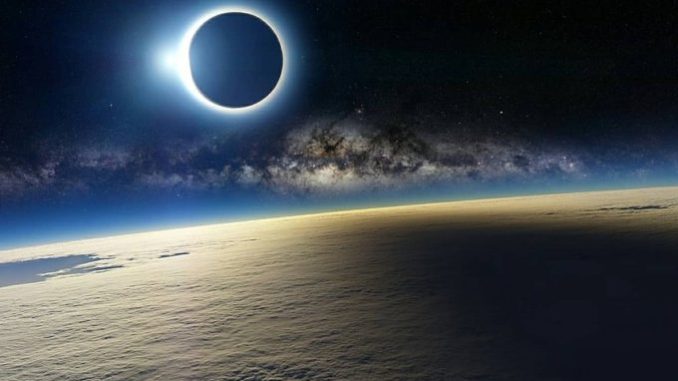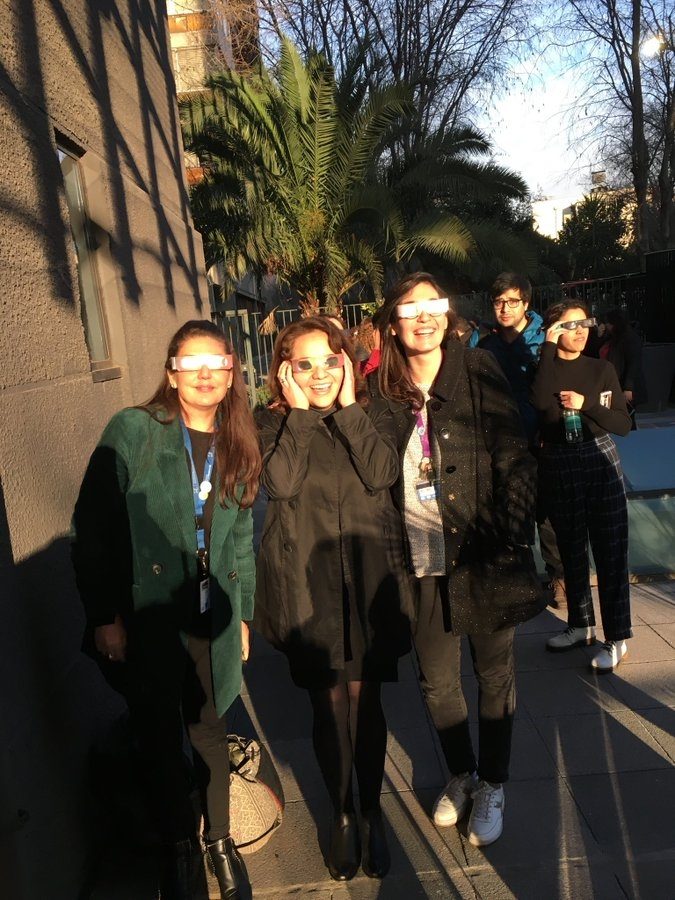
SANTIAGO – Chileans witnessed the first total solar eclipse since August 2017, which darkened the skies over northern parts of the South American country on Tuesday.
Chile and Argentina are the only places that the eclipse was seen aside from an uninhabited island out in the ocean.
Tens of thousands of people flocked to cities and towns across the region to witness the total eclipse, which began at 10.24am local time.
‘Moment of totality’
As the moon cast its shadow on Earth, daytime temporarily turned into twilight, creating the illusion of a 360-degree sunset in places along the line of totality.

The eclipse made its first landfall in Chile at 3:22 p.m. (1922 GMT) in La Serena, a city of some 200,000 people where the arrival of more than 300,000 visitors forced the local water company to increase output and service gas stations to store extra fuel. Police and health services were also reinforced.
Town officials distributed more than 2,000 cardboard-frame protective eyeglasses at local schools and community centers while workers built statues of huge sunglasses and a darkened sun on a local square.

The San Juan provincial government installed telescopes and public viewing areas.
Meanwhile, astronomers in Buenos Aires province planned to offer yoga and meditation classes during the eclipse, which will also be partially visible in other South American countries.
Chilean President Sebastian Pinera and several members of his cabinet watched the event from the La Silla Observatory, on a mountain peak towering 2,400 meters over the Atacama Desert, operated by the European Southern Observatory.
A solar eclipse occurs when the moon passes between the Earth and the sun and scores a bull’s-eye by completely blocking out the sunlight.
Northern Chile is known for clear skies and some of the largest, most powerful telescopes on Earth are being built in the area, turning the South American country into a global astronomy hub.
The next total eclipse will be visible in southern Chile on December 14, 2020.



